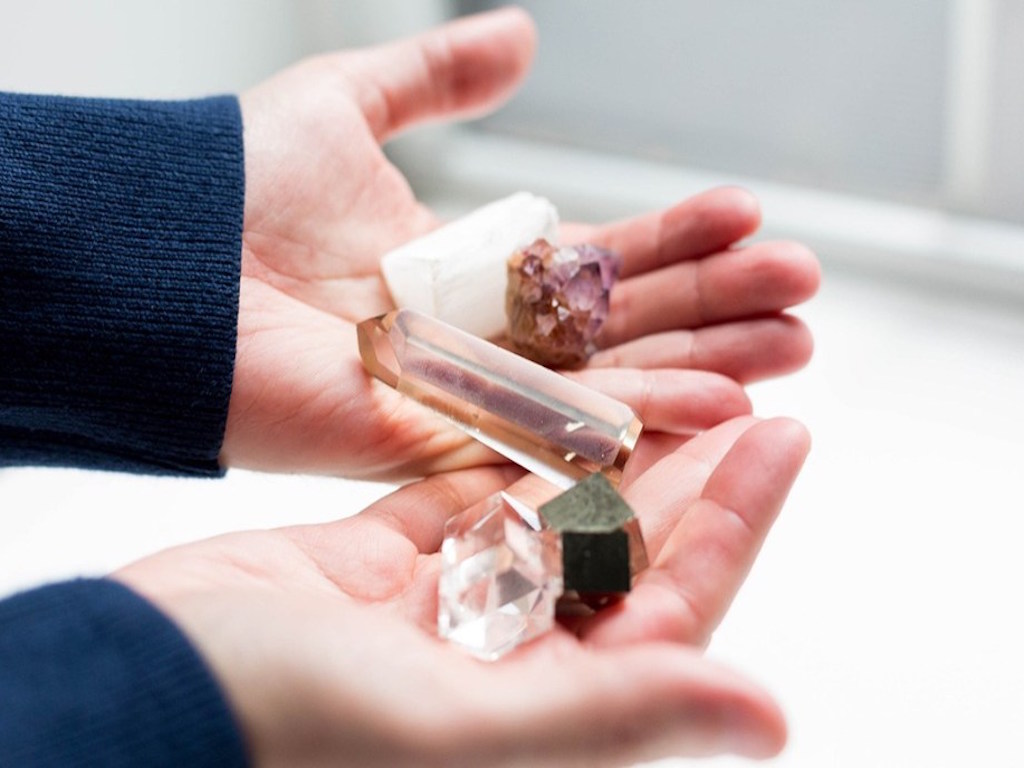5 Mins Read
These insta-trendy spiritual stones that promise to connect you to the Earth are in fact shrouded in conflict, human rights abuses and environmental destruction.
From contaminating drinking water to disrupting ecosystems and being linked to severe human rights violations, mining crystals is a dirty job. This new-age fad turned billion-dollar industry comes with a hefty environmental and human footprint. Before you buy into a “healing” gemstone, many of which are proffered by wellness-oriented celebrities such as Gwyneth Paltrow, the Olsen twins and Marie Kondo, you might want to read up on how these crystals are manufactured.
1. This Topic Is So Important Because Of How Popular Crystals Have Become
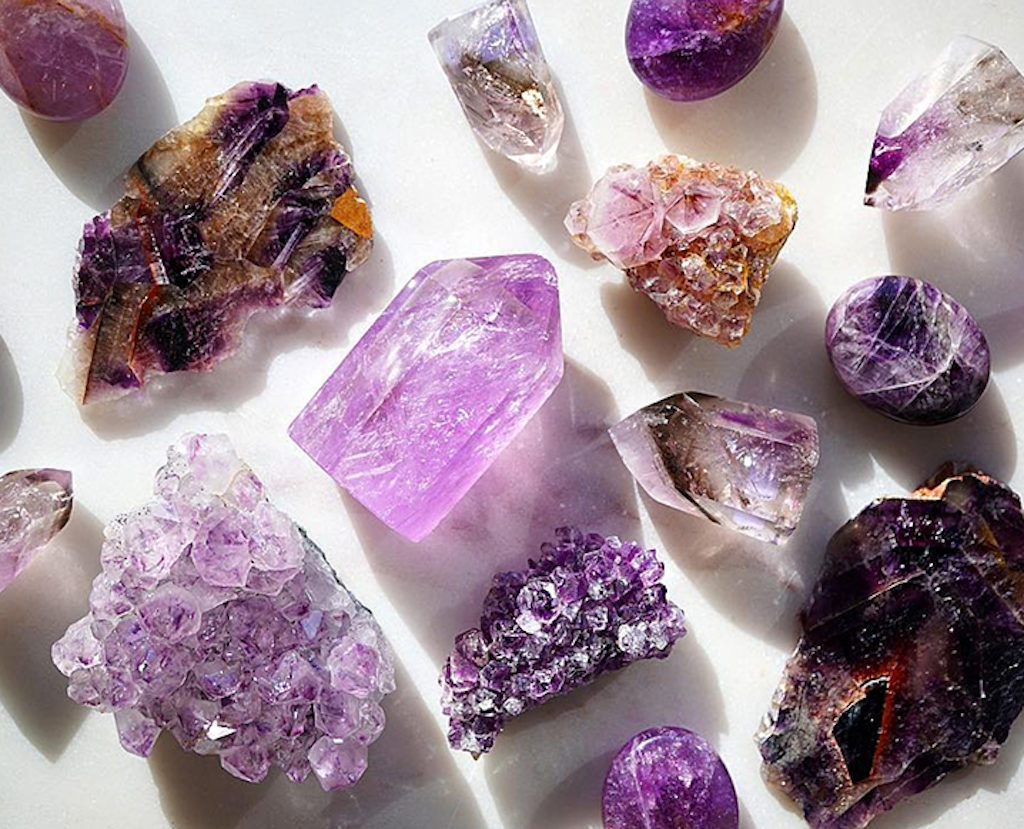
In just a couple of years, crystals have gone from niche status to the top of consumer consciousness – much of it thanks a growing list of celebs and influencers who flaunt their harmony-inducing, stress-relieving and balancing benefits. Kim Kardashian, for instance, used these gems to recover from the trauma of the robbery she experienced.
The impact of extracting crystals might seem small in comparison to that of industrial gold and copper, but as the demand for these gemstones has skyrocketed thanks to the rise of the multi-billion dollar wellness market that commoditises, piece by piece crystals have become mined more than ever before. At the current rate, these crystals – far from offering us any rumoured metaphysical effects – have largely damaging effects on our planet and are at the heart of an industry that is willing to compromise on human rights to chase profits.
2. The Crystal Supply Chain Has Almost Zero Transparency Or Traceability
Most of the crystals purchased, whether it be in a small retail shop on online, don’t have listed sourcing information at all. It’s notoriously difficult to find a crystal seller who will specify the origins of each stone (or to talk about the ethics of mining). It’s not just the end consumer who is left in the dark, but retailers themselves often don’t know much about where the stones are really from either. Even publicly traded mines aren’t required to disclose profits, let alone the factories where the stones are cut and polished and independent traders and shops that sell it.
3. The Crystal Trade Causes Major Water Pollution
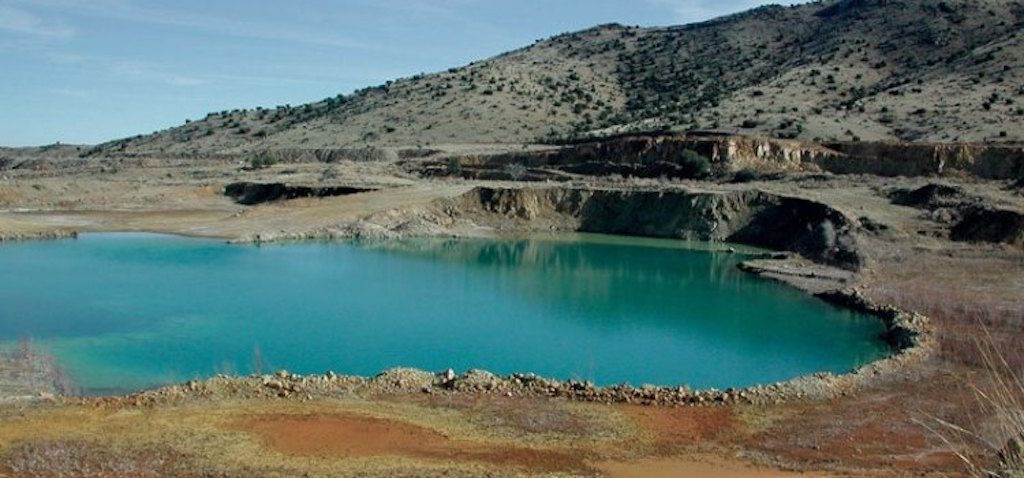
Many crystals are mined in countries with few environmental regulations – and even where standards do exist, they aren’t backed up by enforced sanctions to punish companies that don’t comply. Far from strengthening the connection between us and nature, many of these gemstones come from large-scale mines responsible for contaminating water systems and damaging wildlife.
One of these prized gems – blue chrysocolla – which is believed to bring “supportive goddess energy” into one’s life, is mined from Tyrone Copper in New Mexico. According to environmental organisation Earthworks, these mines in the New Mexico region are accountable for leaking an estimated 2 billion gallons of acid and heavy metals that contaminate surface and groundwater, to the point where the State of New Mexico and the U.S. Department of Justice have had to file natural resource damage claims against the company.
4. Crystals Are A Non-Renewable Resource
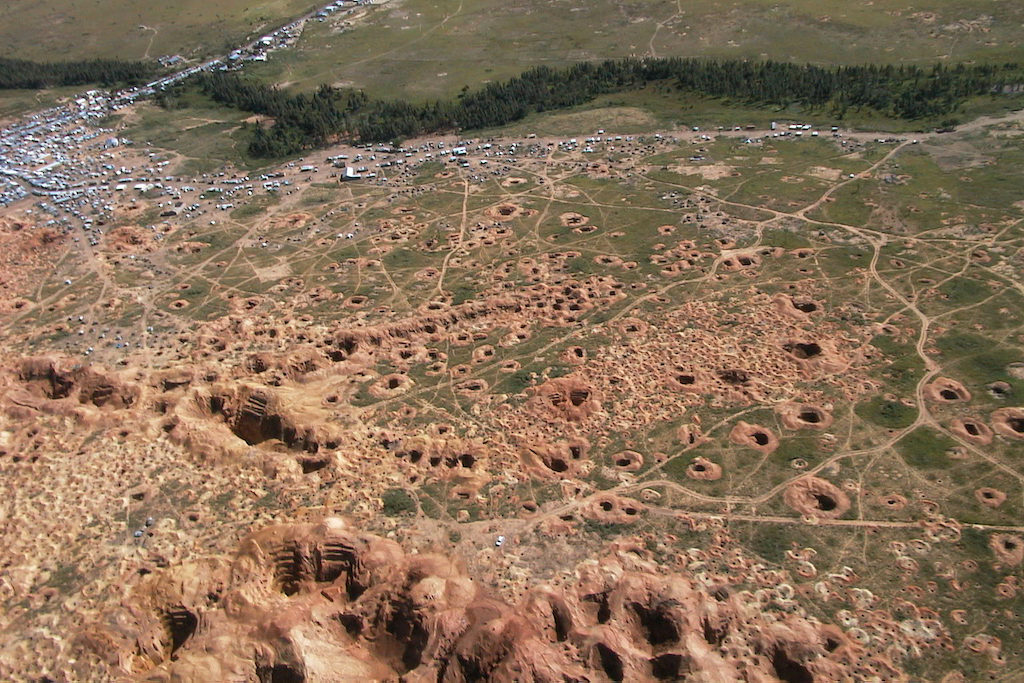
The environmental damage doesn’t stop with water. What most of us don’t think about is that gemstones and crystals are a non-renewable resource – meaning that their supply from geological deposits is finite. In Myanmar, where mining operations for crystals are prevalent, the land has been decimated by soil erosion and sinkhole formation, and mountains are left to rubble. This in turn has fuelled the mass loss of biodiversity, from the plants that thrive on healthy soil to the wild species that depend upon the natural habitat for their survival.
5. The Hidden Human Cost Is Too High

In addition to environmental destruction, the crystal mining industry is rife with serious labour and conflict issues. Most mining jobs are low or unpaid, unpaid, and horrifyingly, performed by child workers whose smaller hands and bodies are deemed more suitable to accessing mine crevasses.
In the Democratic Republic of Congo, for example, children as young as 7 work in the cobalt and copper mines to pick up those colourful quartzes that end up as our ultimate “wellness” tool. In Myanmar, jade excavation might rival the blood diamond trade in the African continent for horrific human rights violations – local communities go to life-threatening lengths to find these gemstones for large mining corporations (or in the pockets the military who control key regions) who take most of their profit from their fetch.
6. The Industry Is Almost Impossible To Regulate
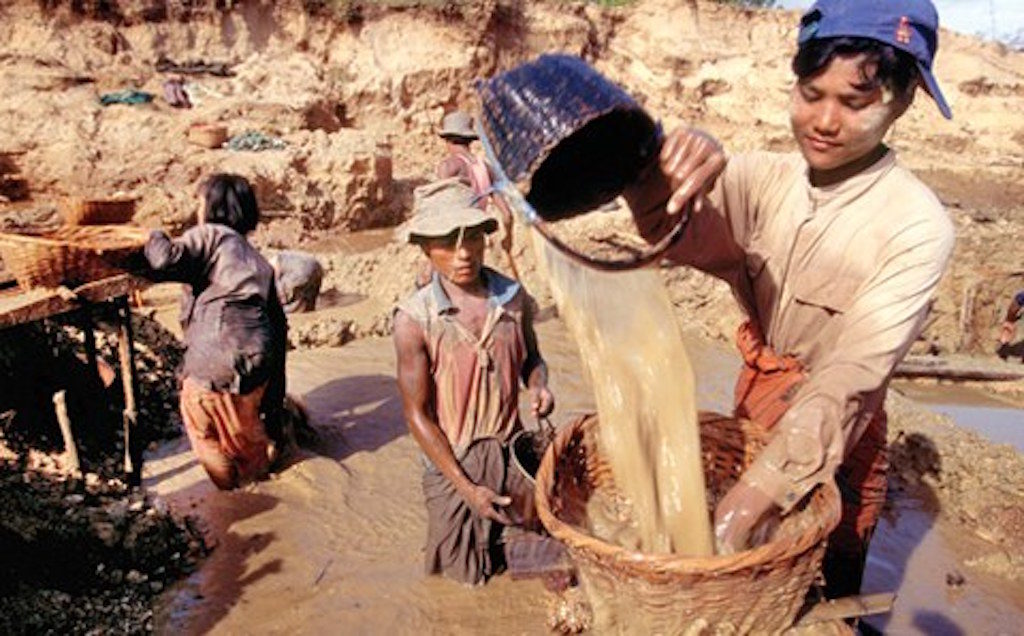
Some purport that it is possible to regulate the industry with ethical “fair trade” frameworks to ensure that crystal mining’s environmental impact is properly managed and economic benefits reach local miners.
However, without any governing body that currently exists to require the industry to do so, our wellbeing gemstones will probably continue to be mired in exploitation and secrecy. Without transparent disclosure of where gems are sourced from, there remains no way to really tell if that “healing” crystal on a polished lifestyle blog is truly guilt-free.
Lead image courtesy of Healthline.

